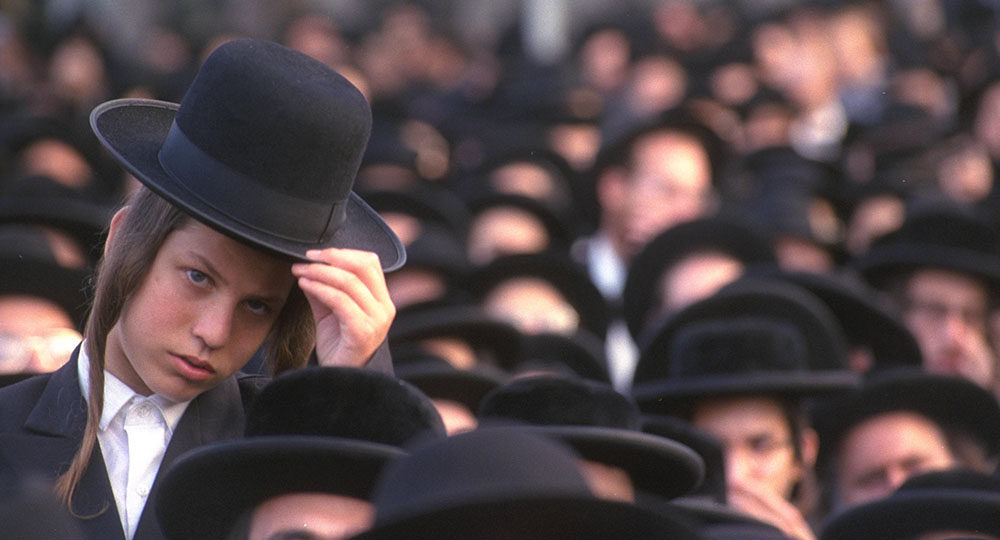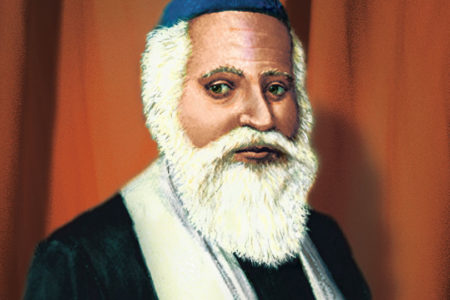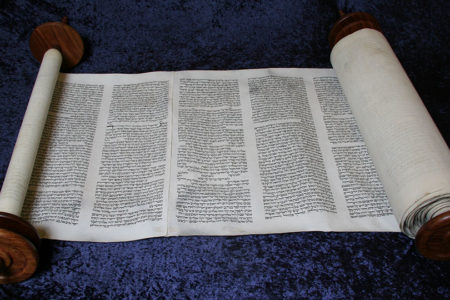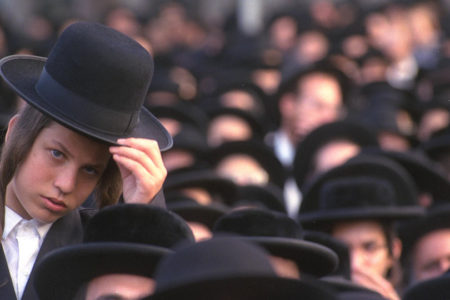The Fascinating World of the Hasidim Part One
Patrons come to trendy clubs from New York City to Los Angeles to hear an instrumental mixture of reggae sprinkled with hip hop and jazz. But there is something different about the featured vocalist. His distinctive voice undulates with a haunting chant, while still inflecting an unmistakable Caribbean rhythm.
Audiences love his music, but his stage appearance elicits some confusion. In place of the usual flowered shirt, shorts, flip-flops, and dreadlocks, the young man wears a white shirt and black trousers; sports a long beard and wire-rimmed glasses; and tops it all off with a black yarmulke (“skull cap”). The artist’s name is Matisyahu (loosely transliterated, “Mattathias of the Maccabees,” of Hanukkah fame). And he is a Hasidic Jew.
His attire is a throwback to the dress of 18th-century Polish Jews. While the beat and sound of his music are not Hasidic, his lyrics certainly are. This cross between Bob Marley and Moses was born Matthew Miller in West Chester, Pennsylvania. His family later settled in White Plains, New York, where he was raised in an observant Jewish home. Yet he resisted formal Jewish practice and searched for a more “liberating” lifestyle, making his teen years tumultuous.1 It was during these times that he found great relief and comfort listening to and playing a wide range of music. Ultimately, a trip to Israel in high school compelled him to reconnect with his Jewish identity. At age 19 he returned to the States and enrolled in a music school in New York.
His biography, located on the Web site hasidicreggae.com, offers this insight: “During this time, he happened on the Carlebach Shul, a synagogue on the Upper West Side [of Manhattan], well known for its hippie-friendly vibe and exuberant singing. This encounter further fueled his soul-fire, turning him on to the mystical power of song in Hasidic Judaism.”2
Then, said his bio, he met a Lubavitch rabbi in a park. Soon Matthew Miller was gone, and Matisyahu, the Hasidic musician, was born. Matisyahu now lives in Crown Heights, New York, a major enclave for the Lubavitch Hasidim. He studies at a yeshiva (place of Jewish study) and performs his music across the country.
Although Matisyahu’s music may be unique, his journey to Hasidism is not. Hasidism (ultra-Orthodox Judaism) is growing. Though still only a tiny portion of the overall Jewish population, Hasidism is proportionately the fastest growing movement within Judaism, its numbers doubling every 15 years.3
Most people know very little about the Hasidic community because they aren’t exposed to it much, if at all. There are fewer than 1 million Hasidim in the world, and the majority of those live in Israel. In the United States, the majority lives in New York City, specifically, the Boro Park, Williamsburg, and Crown Heights sections of Brooklyn. Significant Hasidic communities also exist in Chicago, Los Angeles, Cleveland, Baltimore, Detroit, Philadelphia, Miami, and Denver.
In Canada, Toronto and Montreal are Hasidic centers. Recently in Australia, the Hasidim sparked enough interest that a government television station helped finance a short, highly acclaimed feature film titled Jewboy, by Jewish writer-director Tony Krawitz.4
Hasidism is not only growing because people like Matisyahu embrace it, it is growing from within. It is not uncommon for Hasidic families to have eight to 10, even 12, children.
Their distinct dress, evangelistic fervor to win fellow Jews to their way of thinking, and large families set them apart. And binding them to one another throughout the world is their main language: Yiddish.
Born From the Shtetls
The name Hasidic (Hah-SE-dik) means “pious” and is used to denote a person committed to Judaism beyond what is expected. Most people associate the name with the practice and traditions of the devoted Jews of Eastern Europe.
The 13th and 17th centuries were particularly arduous for the Jewish people. Most of the Jewish Diaspora (Jews residing outside Israel after being scattered in A.D. 70) lived in Western and Central Europe. The “Christian” church (nonevangelical) began accusing Jewish people of working with the Devil, stealing Gentile children and using their blood for Passover, poisoning wells, and spreading plagues. These accusations led to beatings, expulsions, and murders.
The Jewish people were forced eastward toward Poland and Russia, where conditions were no better. Politically, Poland was in a constant state of flux. Due to constant warring with her neighbors, her borders were often changing. Pogroms (violence against Jews) devastated the Jewish populations in Ukraine and Poland. Thousands of Jewish people were killed, and hundreds of towns were ravaged. Through these hardships, the children of Abraham believed a deliverer—a messiah—would arise and bring justice and peace to the whole world. He would transport them to their ancient homeland, Israel. And he would establish his Messianic Kingdom on Earth.
They longed for his appearing, but he did not appear to them. Along the way, many professed to be Him. Writing for Rav-SIG, an online journal specializing in rabbinic genealogy, Dr. Yehuda Klausner explained: “Out of this despair of the Jews false messiahs appeared: David Alroi (1160), David HaReuveni (1542), Shlomo Molcho (1500–1532), Shabbtai Zvi (1626–1676), Jacob Frank (1726–1791), and others.”5 Each messianic failure left the hopeful yet helpless Jews disenchanted and disenfranchised.
Many of these Jewish people lived in shtetls, small Jewish villages scattered throughout Poland, Ukraine, Lithuania, Romania, and Russia. Survival alone was difficult, never mind the pursuit of Jewish learning. Though small in number, an observant, educated, and sophisticated Jewish population lived outside Eastern Europe. A dichotomy emerged between the poor, ignorant Jews and the more middle-class scholars.
During this time a leader arose whose impact on Judaism remains to this day. To understand Hasidism, it is essential to know of the life and works of this extremely influential man.
ENDNOTES
- “Matisyahu” <www.hasidicreggae.com/index.php?section=article&album_id=0&id=1>.
- Ibid.
- Robert Eisenberg, Boychiks in the Hood (New York: HarperCollins, 1995), 1.
- Julia Fein Azoulay, “Aussie ‘Jewboy,’” The International Jerusalem Post, June 17–23, 2005.
- Yehuda Klausner, “The Hasidic Rabbinate, Part 1,” Rav-SIG: Online Journal <www.jewishgen.org/Rabbinic/journal/hasidic1.htm>.







